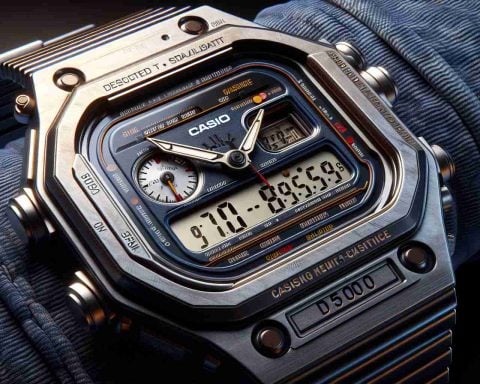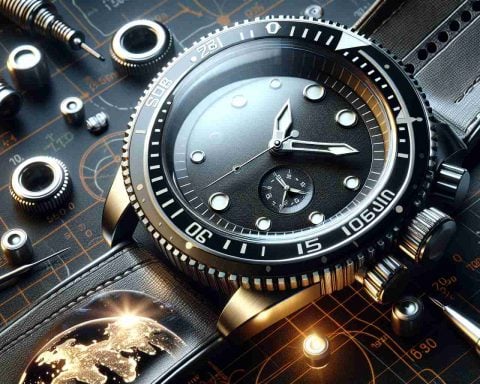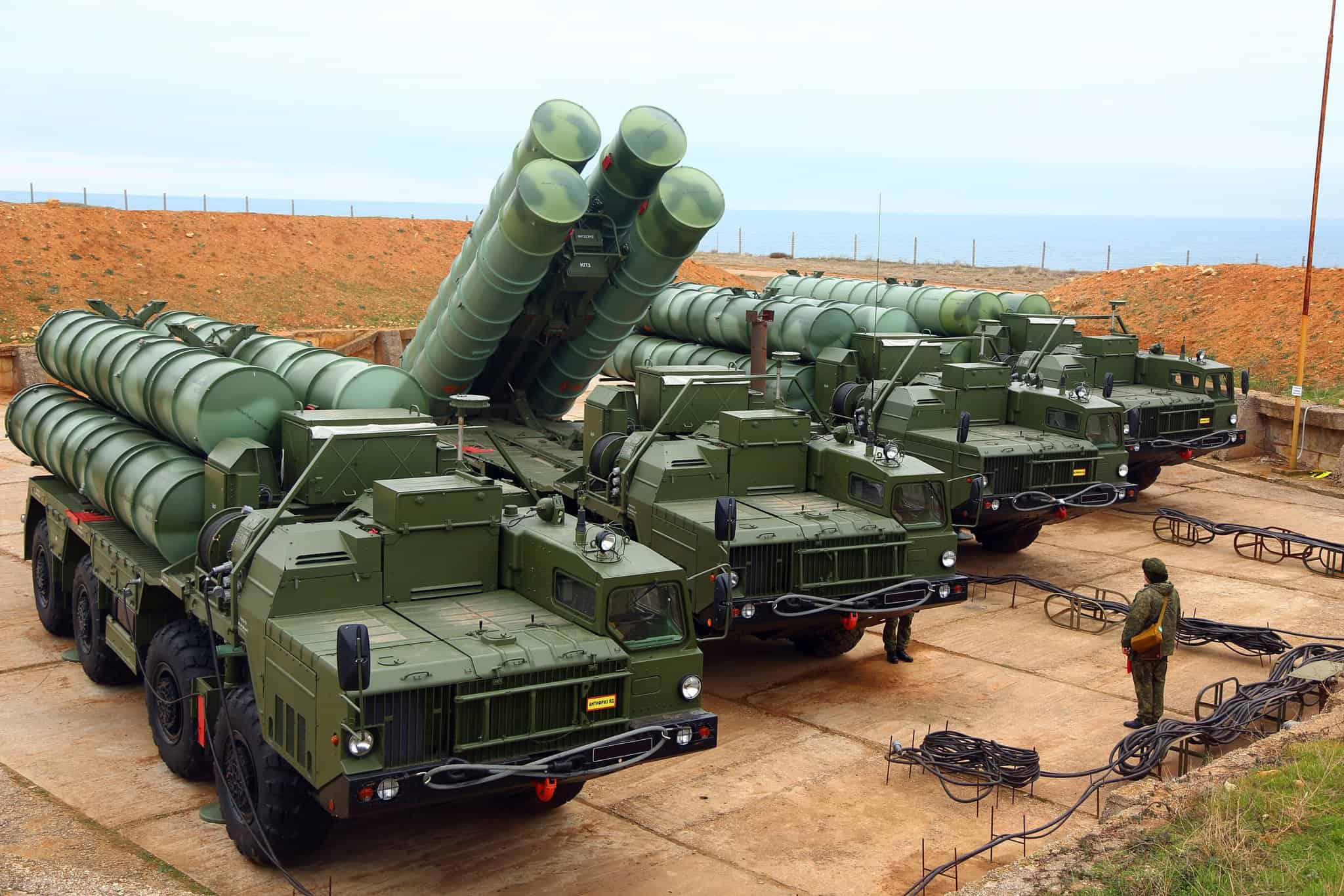France has confirmed its commitment to bolster Ukraine’s military capabilities by supplying a number of Dassault Mirage 2000-5 multirole fighter jets in early 2025. The French Armed Forces Minister, Sébastien Lecornu, noted that these aircraft are undergoing significant modifications to improve their air-to-ground and electronic warfare functionalities, ensuring they meet the specific operational requirements of Ukraine as it navigates its ongoing conflict.
Nevertheless, Lecornu also expressed concerns about the possibility of sending the more sophisticated Dassault Rafale fighters to Ukraine. He highlighted that the intense global demand for the Rafale jets had hindered production schedules, consequently affecting the operational readiness of the French Air Force. The legal and logistical frameworks for the delivery of the Mirage 2000-5s will hinge on the completion of pilot training programs, which are set to occur in France.
This development brings a glimmer of hope for Ukraine, as the arrival of the Mirage 2000-5s promises to strengthen its air capabilities considerably. The specific number of aircraft to be provided remains undisclosed, leaving the Kremlin uncertain about the upcoming enhancements to Ukraine’s air defense. The adaptation and training process for pilots is crucial, paralleling the experience gained with other advanced fighter systems introduced into the Ukrainian arsenal.
The Impact of Military Aid on Ukraine: A New Chapter in Modern Warfare
As the conflict in Ukraine continues, the recent announcement by France to supply Dassault Mirage 2000-5 multirole fighter jets represents a significant development not only for Ukraine but for global military dynamics and international relations. This infusion of advanced military technology affects lives, communities, and countries in various profound ways.
Strengthening Ukraine’s Defense Capabilities
With the commitment to deliver Mirage 2000-5 jets by early 2025, Ukraine stands to enhance its air capabilities dramatically. This advancement could bolster the morale of the Ukrainian forces and represent a shift in their operational strategy. The promise of modern aircraft, coupled with improved air-to-ground and electronic warfare functionalities, empowers Ukraine to better defend itself and potentially reclaim territories. As seen elsewhere in the world, the introduction of sophisticated military hardware can tip the balance of power in protracted conflicts.
The Human Cost of War
However, while military advancements promise hope, they also underscore the ongoing human cost of war. Families are torn apart, cities are devastated, and communities are left in turmoil. Many Ukrainian citizens are displaced and grappling with the psychological trauma of conflict. The supply of weapons and military equipment to Ukraine does not alleviate these hardships; rather, it highlights the dangerous game of international power dynamics. As military aid floods into conflict zones, debates around ethical warfare and responsibility arise.
Global Alliances and Geopolitical Tensions
This military aid from France reinforces Ukraine’s position within NATO and strengthens Western alliances, but it simultaneously escalates tensions with Russia. The Kremlin is left to ponder the implications of enhanced Ukrainian air defense capabilities, potentially leading to a more aggressive stance and further militarization in Eastern Europe. This situation raises controversies over arms supplies and the balance between supporting a nation in conflict and avoiding an escalation into a broader war.
Training and Development
An interesting facet of this military support involves the training programs for Ukrainian pilots. The necessity for comprehensive training on the Mirage 2000-5s will take time, which may influence the overall timeline and effectiveness of this military enhancement. Training programs reflect the broader need for collaboration among nations in warfare, highlighting how a single nation’s military aides can involve multiple layers of international cooperation.
International Community’s Response
The military aid to Ukraine has drawn responses from various segments of the international community. While many countries support the decision to supply weaponry to help repel aggression, others raise concerns regarding the potential for escalated conflict and the effectiveness of military solutions in resolving underlying issues. Humanitarian organizations continue to call for peace negotiations and refer to the need for humanitarian aid alongside military aid.
In conclusion, the commitment from France to enhance Ukraine’s military capabilities signifies a crucial turning point for Ukraine amidst ongoing conflict. The implications resonate deeply, influencing humanitarian outcomes, geopolitical alliances, and the overall trajectory of warfare in the 21st century. As this situation unfolds, it remains critical to analyze both the military and social ramifications of such decisions.
For further insights on Ukraine’s military situation and the international community’s response, visit BBC News and Reuters.
The article has been updated: 2024-11-03 03:02
Here are some suggested related links for the post title “France to Enhance Ukraine’s Air Force with Mirage Fighters”:
1. Reuters – A global news organization providing in-depth coverage of international affairs and current events, including military developments and foreign aid stories.
2. BBC News – A trusted news outlet that offers comprehensive reporting on global news, including updates on Ukraine’s military capability and alliances.
3. CNN – An international news network that covers breaking news and analysis regarding significant geopolitical issues, including military assistance.
4. Defense News – A leading source for news on defense and military matters, with articles on international defense cooperation and emerging trends.
5. Al Jazeera – A news organization known for its coverage of global issues and in-depth reporting on conflict and governance in Ukraine.
6. Politico Europe – A European political news outlet that offers insights and updates on European defense policies and their implications for Ukraine.
7. Financial Times – A publication that provides rigorous reporting on economic issues and strategic international relations, including the impact of military support.
8. The Guardian – A news organization that features stories on international relations, highlighting the support for Ukraine amidst ongoing conflicts.
9. USA Today – A national news source that covers various news topics, including military aid and international defense collaborations.
10. Lawfare – A blog focused on national security and legal aspects of military actions and foreign relations, including the implications of military support for Ukraine.
The article has been updated: 2024-11-06 05:48
What role will the Mirage fighters play in enhancing Ukraine’s air force capabilities?
The Mirage fighters will significantly bolster Ukraine’s air force capabilities by providing advanced aerial combat capabilities, improved surveillance and reconnaissance, and increased deterrence against potential threats. The addition of these modern aircraft is expected to enhance Ukraine’s operational readiness and effectiveness in maintaining air sovereignty amidst ongoing conflicts.
















